Related Research Articles

The Tangiwai disaster was a deadly railway accident that occurred at 10:21 p.m. on 24 December 1953, when a railway bridge over the Whangaehu River collapsed beneath an express passenger train at Tangiwai, North Island, New Zealand. The locomotive and the first six carriages derailed into the river, killing 151 people. The subsequent board of inquiry found that the accident was caused by the failure of the tephra dam holding back nearby Mount Ruapehu's crater lake, creating a rapid mudflow (lahar) in the Whangaehu River which destroyed one of the bridge piers at Tangiwai only minutes before the train reached the bridge. The volcano at Mount Ruapehu was not erupting at the time. The disaster remains New Zealand's worst rail accident.
Sanditon is an 1817 unfinished novel by the English writer Jane Austen. In January 1817, Austen began work on a new novel she called The Brothers, later titled Sanditon, and completed twelve chapters before stopping work in mid-March 1817, probably because of illness. R.W. Chapman first published a transcription of the original manuscript in 1925 under the name Fragment of a Novel Written by Jane Austen, January–March 1817.
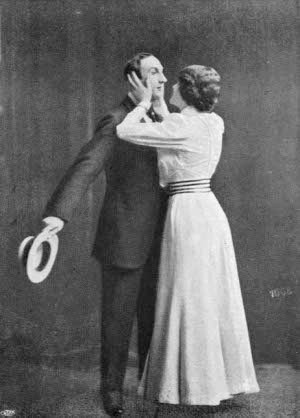
You Never Can Tell is an 1897 four-act play by George Bernard Shaw that debuted at the Royalty Theatre. It was published as part of a volume of Shaw's plays entitled Plays Pleasant.
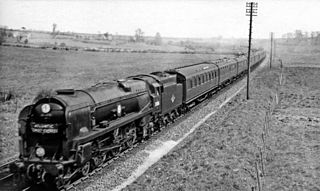
The Atlantic Coast Express (ACE) is an express passenger train in England that has operated at various times between London and seaside resorts in the South West England. It is currently operated as a summer only service by Great Western Railway between London Paddington and Newquay.

Kingdon Gould Sr. was an American financier, champion polo player and member of the wealthy Gould family.

The Staplehurst rail crash was a derailment at Staplehurst, Kent, on 9 June 1865 at 3:13 pm. The South Eastern Railway Folkestone to London boat train derailed while crossing a viaduct where a length of track had been removed during engineering works, killing ten passengers and injuring forty. In the Board of Trade report it was found that a man had been placed with a red flag 554 yards (507 m) away but the regulations required him to be 1,000 yards (910 m) away and the train had insufficient time to stop.
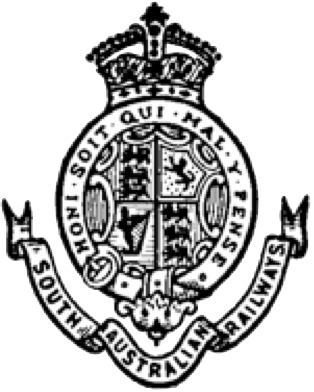
South Australian Railways (SAR) was the statutory corporation through which the Government of South Australia built and operated railways in South Australia from 1854 until March 1978, when its non-urban railways were incorporated into Australian National, and its Adelaide urban lines were transferred to the State Transport Authority.

Anna Audrey Emery was an American heiress and socialite who was the wife of one of the last Russian grand dukes.
There have been a number of train accidents on the railway network of Victoria, Australia. Some of these are listed below.
The railways of New South Wales, Australia have had many incidents and accidents since their formation in 1831. There are close to 1000 names associated with rail-related deaths in NSW on the walls of the Australian Railway Monument in Werris Creek. Those killed were all employees of various NSW railways. The details below include deaths of employees and the general public.
The Whittingham Hospital Railway (W.H.R.) was a private light railway operated by Lancashire County Council to serve Whittingham lunatic asylum. Opened in 1889, it carried goods and passengers between Grimsargh on the Preston and Longridge Railway and the hospital grounds. It closed to all traffic in 1957.
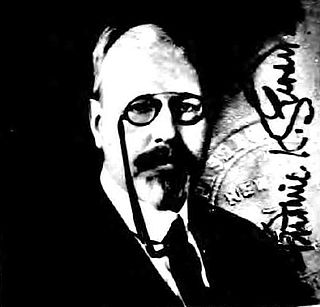
Frederic Kimber Seward Sr. was a prominent corporate lawyer in New York City. He was a passenger on the RMS Titanic, and later chaired a survivors' committee that honored the rescue ship RMS Carpathia.

The Life and Adventures of Nicholas Nickleby is a 1947 British drama film directed by Alberto Cavalcanti and starring Cedric Hardwicke, with Derek Bond in the title role. The screenplay by John Dighton is based on the Charles Dickens novel The Life and Adventures of Nicholas Nickleby (1839). This first sound screen adaptation of the book followed silent films released in 1903 and 1912.

Maudie Prickett was an American character actress who performed in over 300 stage, film, and television productions during a career that spanned nearly four decades.
There have been a number of train accidents on the South Australian railway network. The first known incident in this list occurred in 1873 in Smithfield.

24 Hours of a Woman's Life, also known as Affair in Monte Carlo, is a 1952 British romantic drama film directed by Victor Saville and starring Merle Oberon, Richard Todd and Leo Genn. It is loosely based on the 1927 novella by Stefan Zweig. Produced by ABPC, it was shot at the company's Elstree Studios and on location in Monaco. The film's sets were designed by the art director Terence Verity.
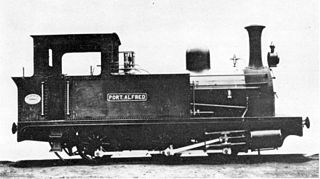
The Kowie Railway 0-6-0T of 1882 was a South African steam locomotive from the pre-Union era in the Cape of Good Hope.

The Kowie Railway 4-4-0T of 1882 was a South African steam locomotive from the pre-Union era in the Cape of Good Hope.
In South Africa, as elsewhere in the world, the railways played a huge part in development and growth on nearly all terrains in the country. Conversely, events in South Africa and its neighbours over the years had a huge influence on the development of railways.
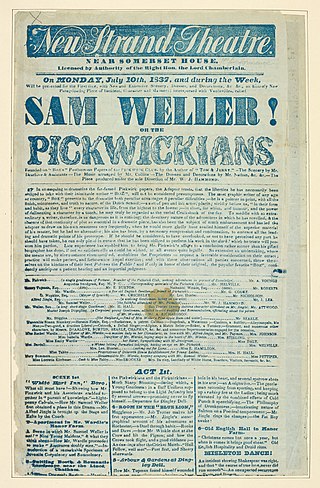
Samuel Weller, or, The Pickwickians is an 1837 comedy in three acts adapted from Dickens's novel The Pickwick Papers by William Thomas Moncrieff. It was first performed at the Royal Strand Theatre in London on 17 July 1837.
References
Citations
- 1 2 3 4 Hunt 1979, p. 30.
- 1 2 Young 2017.
- ↑ "In Memoriam". Grocott’s Penny Mail . 1 May 1911.
Sources
- Hunt, K.S. (January 1979). "The Blaauwkrantz Bridge". Contree (5). hdl:10394/5141.
- Young, Bev (27 November 2017). "The Blaauwkrantz Bridge Disaster". The Heritage Portal. Retrieved 14 June 2021.